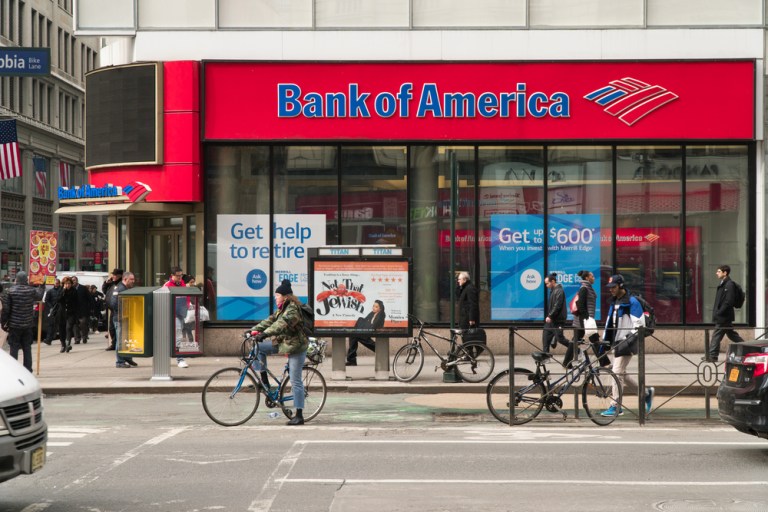Banks Shutter Branches At Their Fastest Rate In Decades

It has been a banner run for closing bank branches, according to reports in The Wall Street Journal, as the mass exodus of consumers to various digital channels has pushed the closure of 1,700 branches in the 12 months ending in June 2017. That is the largest one-year decline on record, according to WSJ analysis.
And the cuts just keep on coming as branch counts fell again in the second half of 2017, meaning the run of closures is rapidly approaching the Great Depression for the breadth of closers happening — and for the amount of time they are going on.
Most of those closures were consolidation cuts in urban and suburban areas where foot traffic was falling. However, others were in rural areas where lenders are just pulling out wholesale.
Big bank cuts — from the likes of BoA and Chase, for example — became de rigueur in the post-Financial Crisis world. Regional banks, however, have only leveled up their closures in more recent memory. From mid-2012 to mid-2017, Capital One Financial Corp. cut 32 percent of its branches, SunTrust Banks Inc. cut 22 percent and Regions Financial Corp. cut 12% percent.
“We continue to evolve and optimize our branch network to ensure that we’re operating as efficiently and effectively as possible,” a Capital One spokeswoman said.
Closing branches is often a cost-saving measure with few drawbacks for banks, as customers have shown a determined preference for mobile banking and ATMs as opposed to full branch locations. Bank of America, for example, has recently matched its highest annual profit ever. The bank has closed 1,500 branches since 2009, including the vast majority of its rural branches.
BoA has expanded into big cities where it didn’t have branches, and ditto with JPMC — but the new branches opening do not make up for the masses that are closing. Rural banks are facing closures not because they are redundant, but because they are money losers.
“Limited usage is one of many criteria we look at when making the difficult, but necessary decision to close a branch,” Pittsburgh-based PNC Financial Services said. “Other criteria include community needs and the closest nearby branch.”